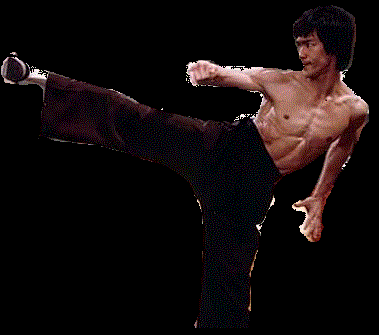

Sai
The sai (釵) is a traditional weapon. The basic form of the weapon is that of a pointed, prong shaped metal baton, with two curved prongs called yoku projecting from the handle (tsuka). There are many types of sai with varying prongs for trapping and blocking.
History:
Before its arrival in Okinawa, the sai was already being used in other Asian countries including India, Thailand, China, Vietnam, Malaysia, and Indonesia. The Indonesian form of the sai is called a chabang or tjabang, which is used by practitioners of silat. Said to have been developed from the Indian trisula,[5] early evidence in the form of Javanese art shows that the chabang predates the sai's use in Okinawa and China. The word trisulaitself can refer to both a long or short-handled trident. Because the trisula was created in South Asia, another theory is that the sai originated in India and spread along with Hinduism and Buddhism. This is supported by the fact that the trisula is important as a Hindu-Buddhist symbol.
In Okinawa the sai was used by domestic police (ufuchiku) to arrest criminals and for crowd control. The use of the sai was perfected in 1668 by Moto Chohei, an Okinawan prince.
The sai eventually reached Japan in the form of the jitte, which usually has only a single prong although some jitte have two prongs like a sai. Both are truncheon-like weapons, used for striking and bludgeoning.
Technique:
In martial arts practice the sai is typically used in pairs, with one in each hand. Five kata are commonly taught, including two kihon kata. The style includes a variety of blocks, parries, strikes, and captures against attackers from all directions and height levels. Use of the point, knuckle and central bar is emphasized, as well as rapid grip changes for multiple strikes and blocks.
The utility of the sai as a weapon is reflected in its distinctive shape. It is primarily used as a striking weapon for short jabs into the solar plexus but it also has many defensive techniques.
There are several different ways of wielding the sai, which give it the versatility to be used both lethally and non-lethally. One way to hold it is by gripping the handle with all of the fingers and pinching the thumb against the joint between the handle bar and the shaft. This allows one to manipulate the sai so that it can be pressed against the forearm and also help avoid getting the thumb caught in the handle when blocking an attack. The change is made by putting pressure on the thumbs and rotating the sai around until it is facing backwards and the index finger is aligned with the handle.
The knuckle end is good for concentrating the force of a punch, while the long shaft can be wielded to thrust at enemies, to serve as a protection for a blow to the forearm, or to stab as one would use a common dagger. In practice, some prefer to keep the index finger extended in alignment with the center shaft regardless of whether the knuckle end or the middle prong is exposed. The finger may be straight or slightly curled. Used in this way, the other fingers are kept on the main shaft, with the thumb supporting the handle.
The grips described above leverage the versatility of this implement as both an offensive and a defensive weapon. Both grips facilitate flipping between the point and the knuckle being exposed while the sai is held in strong grip positions.



